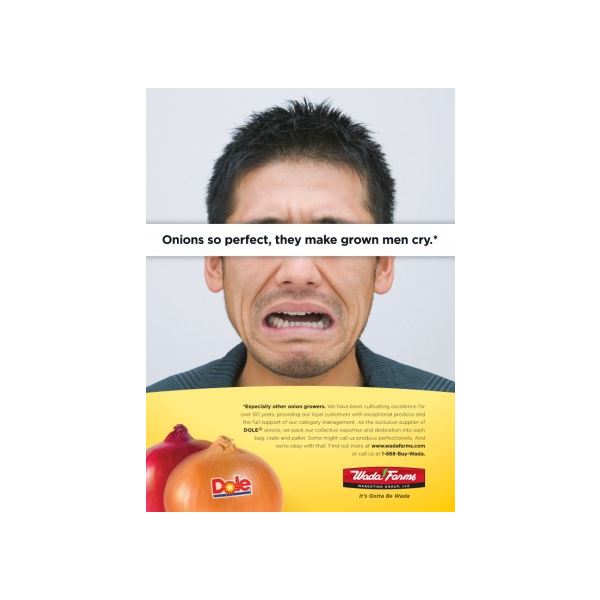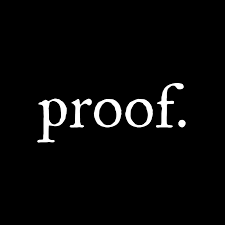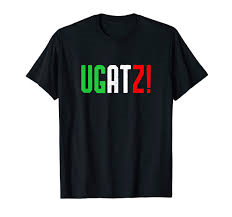Branding Is Unfair.
The word unfair is popping up a lot today in business. Gazzillons of dollars, Euros, Yuan, and other currencies are taking hits because of “unfair trade practices.” Markets are moving like the wind.
In America, Certified B Corporations are banding together to make businesses more fair to employees, the planet and mankind by focusing on long-term “good” rather than short term economic performance. And though not Certified B Corporations, Toyota, Fiat Chrysler and General Motors are adhering to president Obama’s auto emissions standards, rather than move backward under president Trump. All in an attempt to be less unfair.
Unfair is most always bad. But it’s a word I use often when talking to clients and prospects about branding. The goal is to create an unfair advantage for brands…through strategy. What’s The Idea? is not about cheating, dishonesty, price fixing, or unfair wages; those are deplorable practices. The unfair advantage we look to create is in consumers’ minds. By creating an organized narrative filled with proof of value which predispose people toward client products. To convince people to drive an extra mile. To wait an extra day. To spend 8-10% more.
Branding is misunderstood. It’s thought of as logos, taglines and marketing buildables. But branding is the result of a well laid brand strategy. An organizing principle for product, experience and messaging. One catering to what customers care about (care-abouts) and what brands are good at (good-ats).
Be unfair. Be wildly unfair. But do so through (organized) honest advantage and art.
Peace.











